Buon Appetito! Italian Dining Etiquette and Traditions
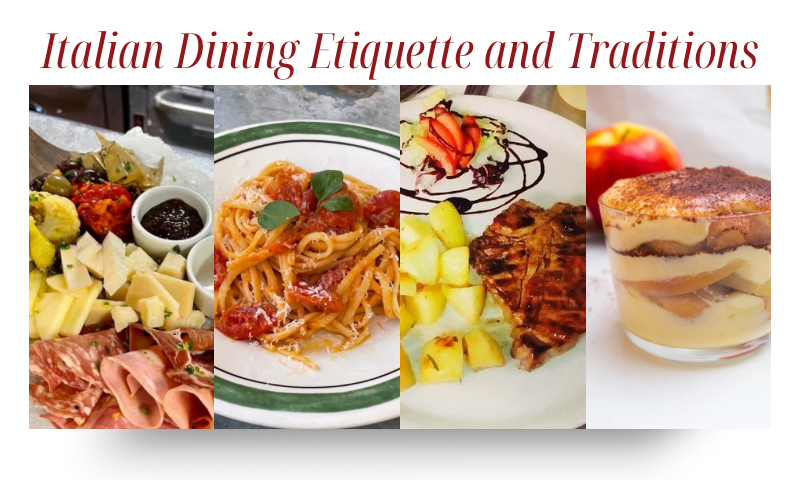
I recently posted a reel on Instagram with Manuela Donatone of @ItalianFoodTherapy where she showcased the multiple courses of a customary Italian meal. As we discussed the similarities and differences between the table customs, we both felt very strongly that engaging conversation makes a meal more special.
While a typical meal at a restaurant in the United States would consist of an appetizer, salad or soup, main course, and dessert, Manuela explained how meals differ in the Italian home. She has also graciously provided photos for the explanations below. Keep reading for more on Italian Dining Etiquette and Traditions. Buon appetito!
View this post on Instagram
Antipasto
The meal begins with an antipasto, featuring small bites of delicious food to whet the appetite. It may include meats, cheese, marinated veggies, olives, and bruschetta. Sounds a lot like a charcuterie board to me!
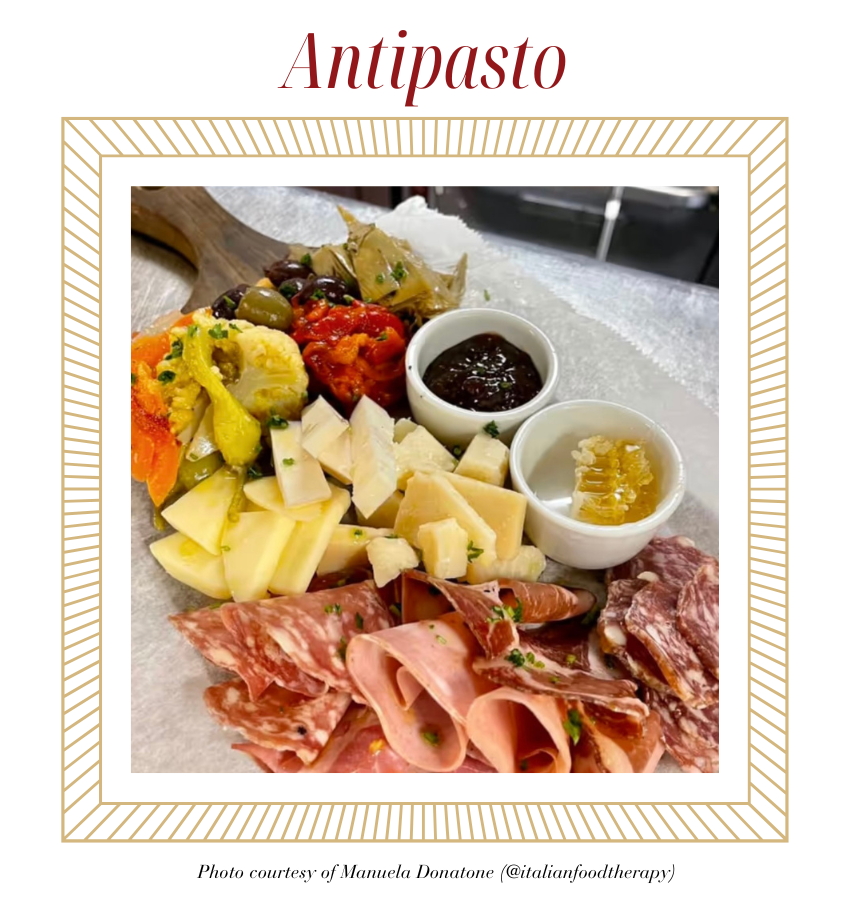
Primo
The primo piatto (first course), is a carbohydrate-based dish such as pasta, gnocchi, heavy soup, or risotto. It sets the tone for the rest of the meal that will follow after much conversation and laughter.
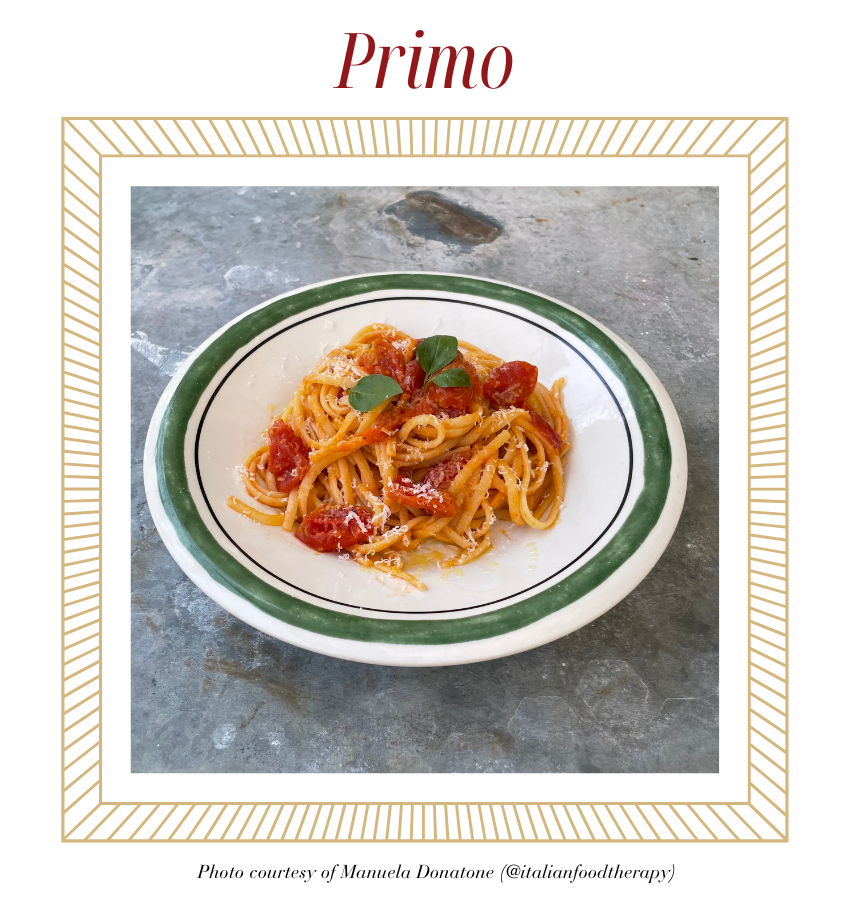
Secondo
The secondo piatto (second course) is the main protein-based dish, which normally features a meat or fish such as bistecca (steak), pollo (chicken), pesce (fish), or classic dishes like ossobuco (braised veal shank). The cooking technique can be simple to elaborate, depending on the chef and the particular event.
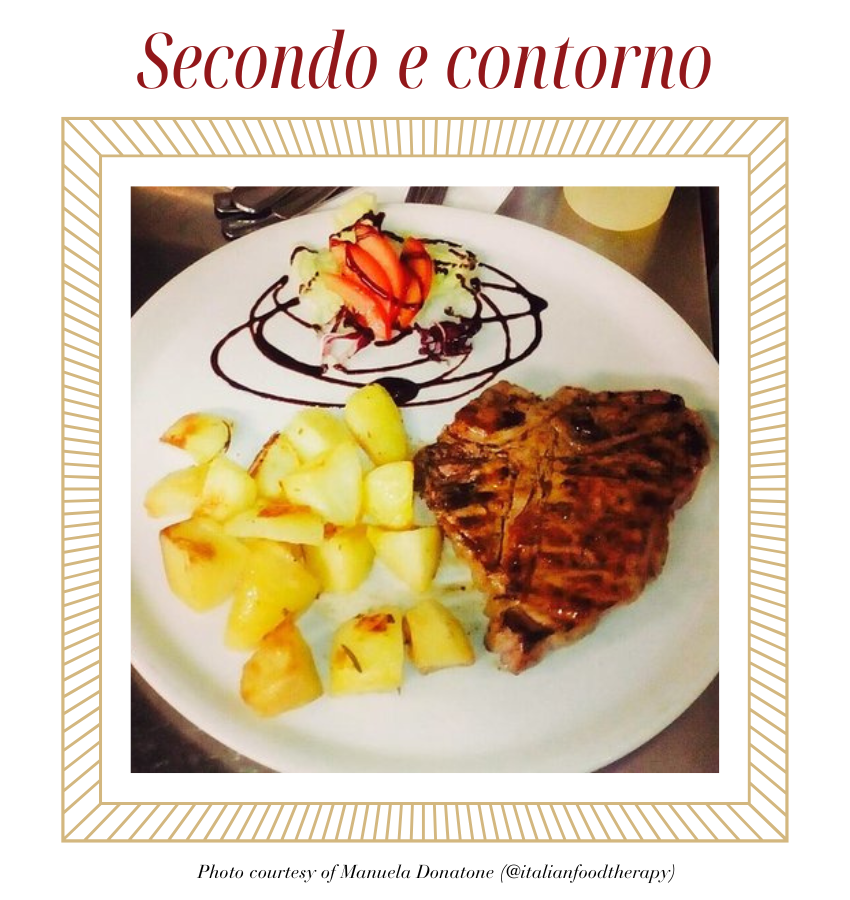
Contorno
Side dishes, or contorni, are vegetable-based side dishes which accompany the secondo piatto and are served on a separate plate. Examples include roasted potatoes, sautéed spinach, or a fresh salad.
Formaggi e Frutta
After the main courses, a selection of fresh fruit and cheese is served to cleanse the palate. It’s a nice transition to the dessert course which will soon be served.
Dolce
Everyone’s favorite, dessert, or dolce, is served with Italian classics such as gelato, panna cotta, cannoli, and tiramisu.
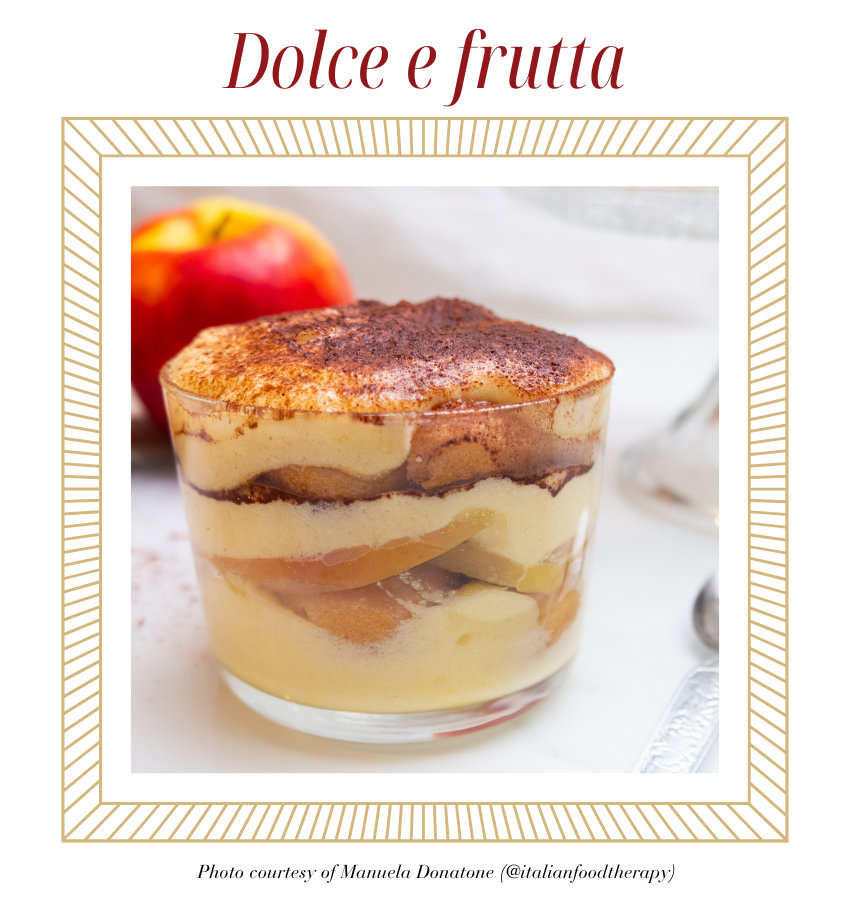
It’s a sweet and lovely way to end the meal, accompanied by a caffè (espresso).
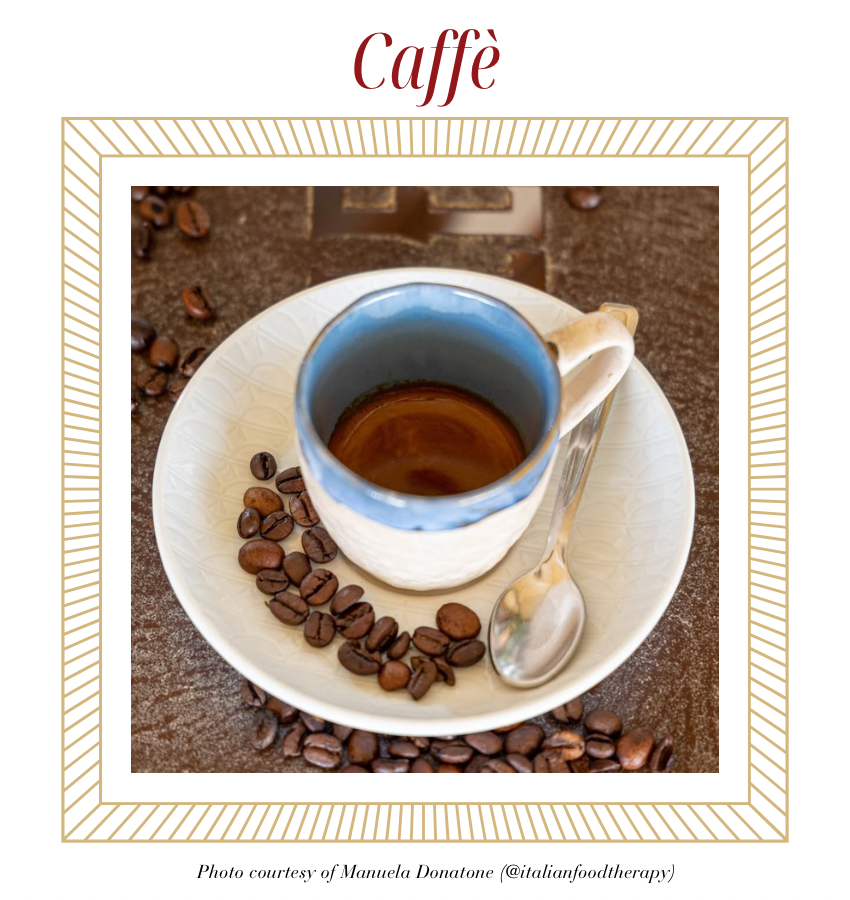
Digestivo
- A digestivo (digestif) is an alcoholic beverage, typically served after a meal to aid in digestion. There are certain drinks that are said to stimulate the digestive process:
- Sambuca: A sweet, anise-flavored liqueur, often served with three whole coffee beans (called “con la mosca,” meaning “with the fly”).
- Grappa: A strong Italian spirit made from grape pomace (skins, seeds, and stems left after winemaking). Grappa can be served chilled or at room temperature to enhance its aromas.
- Limoncello: A refreshing, lemon-infused liqueur from Southern Italy.
All of the beverages are served in small amounts and enjoyed slowly, to end a delicious meal.
I had the pleasure of making an Aperol Spritz with Manuela—watch the video (linked and far below) for directions!
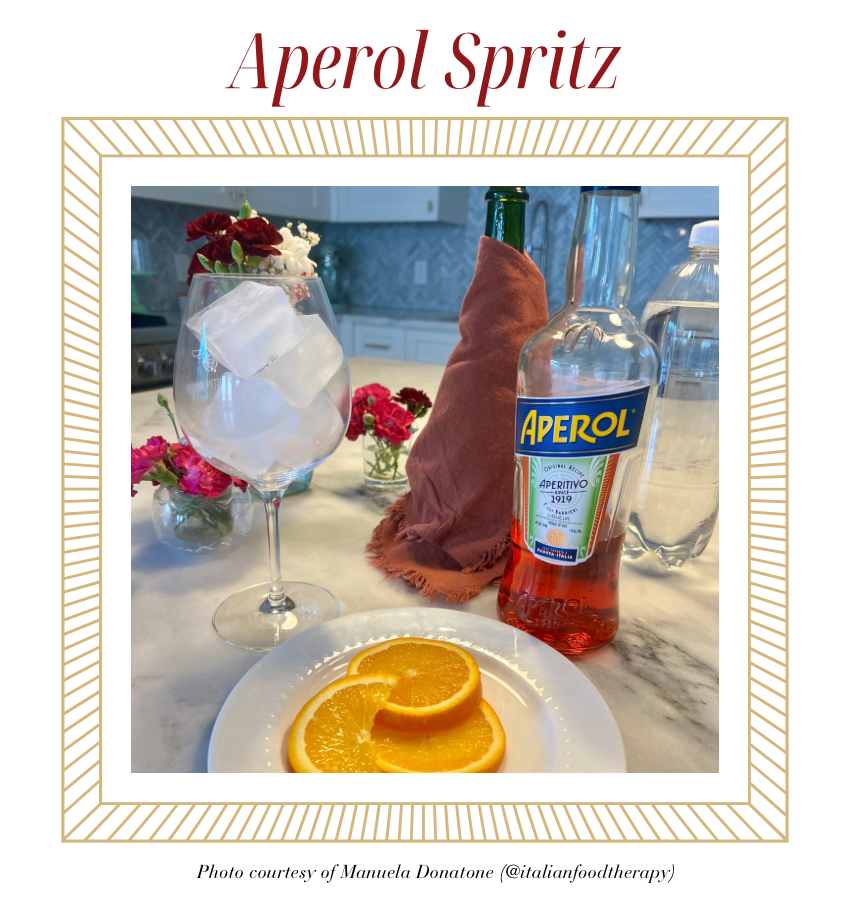
Ingredients:
- Aperol or other bitter orange apéritif
- Prosecco
- Club soda
- Ice
- Orange slice
View this post on Instagram
Grazie mille, Manuela, for your gracious hospitality!
You may also like Spring Dining Etiquette Suggestions.
For more information about working with Diane, America’s “Go To” social and professional etiquette authority, please visit The Protocol School of Texas.
See what Diane is up to by following her on Instagram and Facebook and find etiquette inspiration on her Pinterest account. For more of Diane’s etiquette tips, refer to her posts on Inc. and HuffPost.





